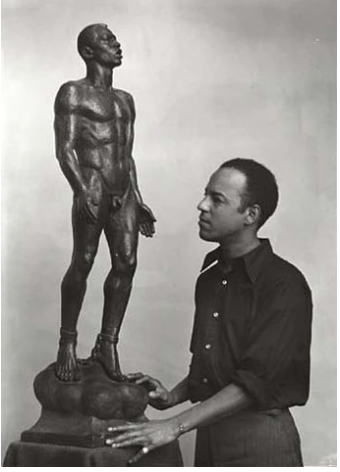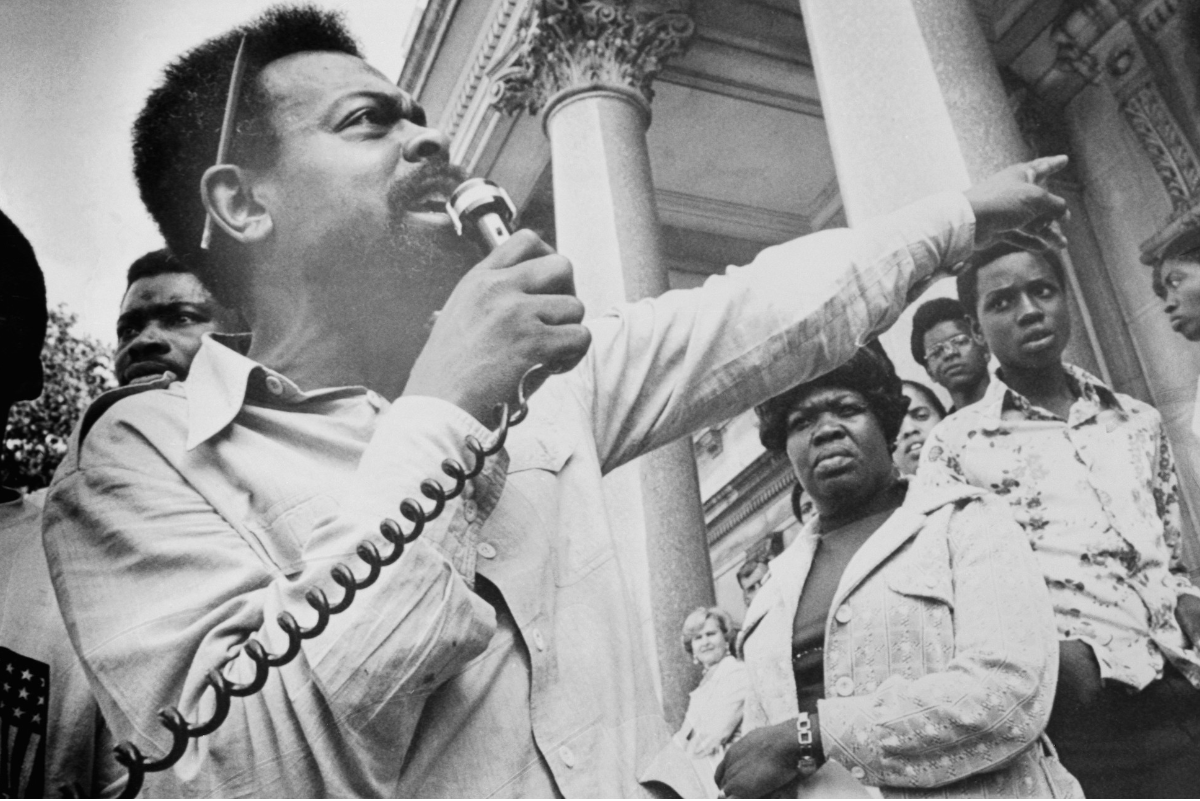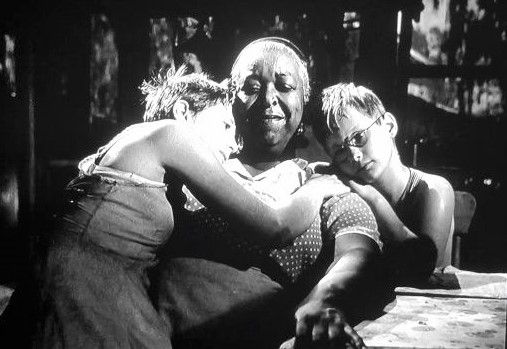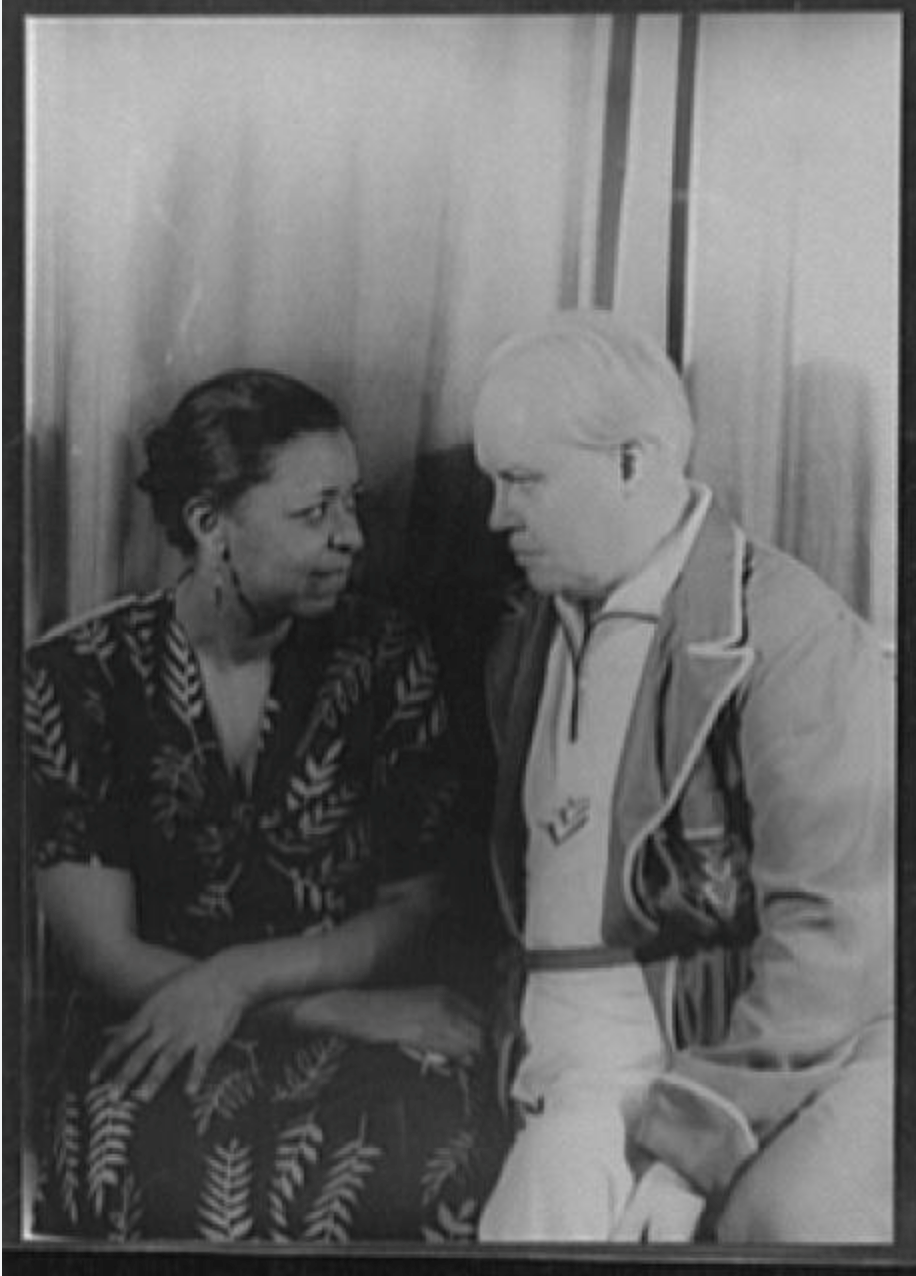Whatever Happened to Clara Smith?
Chances are you’ve never even heard of Clara Smith. It’s confusing that there were so many Smiths amongst the crop of divas that dominated the Classic Blues era of the 1920s: Bessie, Mamie, Trixie. Yet Clara Smith had been a top headliner on the Black vaudeville circuit before she settled in New York City in 1923, recorded an impressive 122 tracks for Columbia Records, was outsold only by Bessie Smith and was equally as famous during her heyday. She had her own sobriquet, Queen of the Moaners, and was occasionally backed by such recording luminaries as Louis Armstrong, Fletcher Henderson, and Don Redman.
Furthermore, as I discovered accidentally and well after I had made my documentary “T’Ain’t Nobody’s Bizness: Queer Blues Divas of the 1920s” (2010), Clara Smith should have been amongst their number. At the age of 28, while performing in St. Louis in 1920, Clara met the 14-year-old Josephine Baker, already stage struck and one year married to (and separated from) her first husband, and they became “lady lovers,” as the relationship was then termed. When Clara moved on from St. Louis with her vaudeville troupe, The Dixie Steppers, she took Josephine with her and thus began Baker’s stellar career.
The Stepper’s manager, Bob Russell, wasn’t enthusiastic about hiring Josephine as Clara’s dresser, but as one of Russell’s friends on the circuit put it so pithily, “Clara was a big draw, and anyway, better a steady date than a fight in every city.” The relationship was short-lived. Josephine soon made her mark as a comic chorine and eloped with her second husband, Billie Baker, in September of 1921.
Clara Smith was also bisexual. In 1926 she married Charles Wesley, a sometimes baseball player, and there’s no indication that the marriage was a fake one. They lived together in Harlem until the early 1930s when Clara unofficially left the marriage and moved to Detroit.
Her years in Harlem were fantastically successful. She opened the Clara Smith Theatrical Club in 1924 which stayed in operation until 1932. She was well paid as a singer, and she starred in a string of her own shows in the late twenties. Thanks to Carl Van Vechten, she was one of three blues singers to be introduced to white audiences (along with Bessie Smith and Ethel Waters) through a feature in Vanity Fair.
Clara died of heart failure at the age of 43 in 1935. She had not lived large, had handled her professional and financial affairs well and without great fanfare – no spectacular scandals (Bessie Smith) or deeply closeted lifestyes (Alberta Hunter) or flaunting queerness (Gladys Bentley). Outside of close friends and associates, people didn’t know about her lesbian trysts, and her connection to Josephine Baker wasn’t made public until the 1975 publication of Josephine Baker: The Hungry Heart.
By 1975 – well before then – Clara Smith was all but forgotten. She didn’t have a long career, as did Ethel Waters and Alberta Hunter; she hadn’t created an iconic persona as a representative of blues people, as had Ma Rainey; she didn’t possess the powerful voice or delivery of Bessie Smith. Amongst the queer blues divas of the 1920s, Gladys Bentley also skirted oblivion, but her “bulldyker” persona insured her resurrection – more as a lesbian trailblazer than for her musical merit – with the recovery of queer history in the 1980s. Clara Smith, quietly bisexual and not flamboyant offstage, hasn’t benefitted from that.
Still, Clara’s role in extracting Josephine from her circumscribed poverty in St. Louis, mentoring her, and providing her with her start in show business should be more widely acknowledged, especially in the queer community. Mainstream blues historians, nearly all men, have never been eager to publicize the same-sex proclivities of these early divas. If Clara Smith, whose blues recordings came in second only to Bessie’s, who played to packed halls from coast to coast, is doomed to be remembered mostly as a footnote in Josephine Baker’s biography, even that footnote is subject to erasure because of its lesbian nexus.
Recent Posts




SHOGA FILMS is a 501(c) (3) non-profit production and education company. We create multimedia works around race and sexuality that are intended to raise awareness and foster critical discussion.
Contact Us
All Rights Reserved | Shoga Films
Stay Connected
Thanks for subscribing!
Please try again later.



